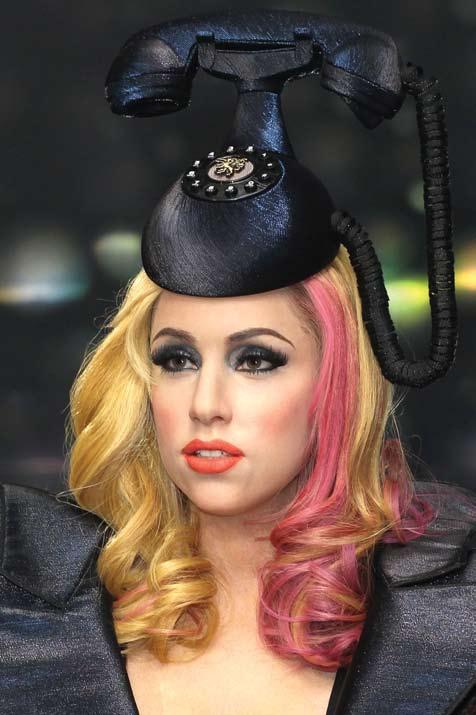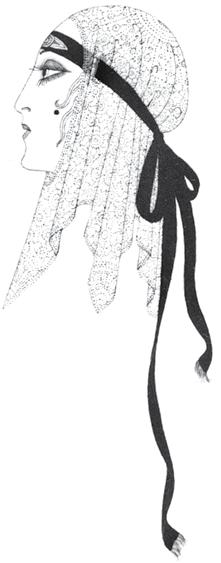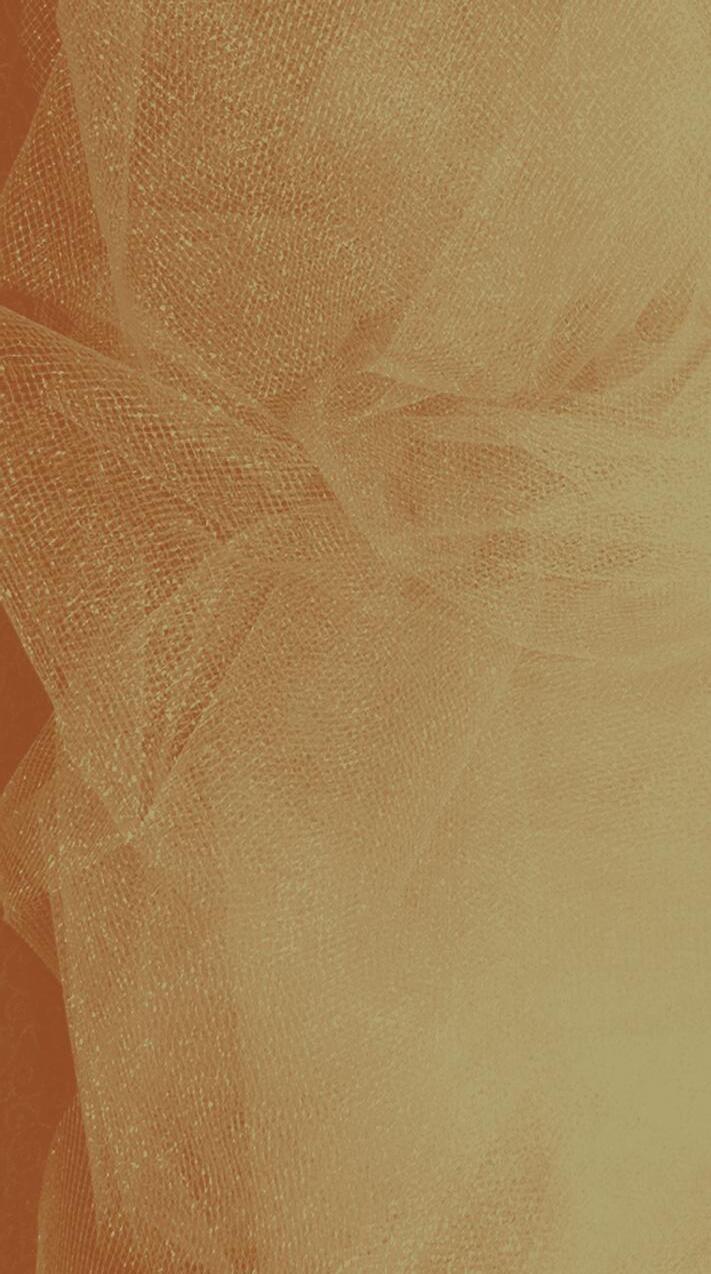







Contents INTRODUCTION 10 A BRIEF HISTORY OF HATS 14 ICONIC HATS 56 HAUTE COUTURE 78 HATS IN CINEMA 152 HATS IN ART 166 IMAGE CREDITS 191 BIBLIOGRAPHY 192




24




25







34







35

On the top of the Crumpetty Tree
The Quangle Wangle sat, But his face you could not see On account of his Beaver Hat.
For his Hat was a hundred and two feet wide, With ribbons and bibbons on every side, And bells, and buttons, and loops, and lace, So that nobody ever could see the face Of the Quangle Wangle Quee.
Edward Lear
52

53
I would never give up my wigs and hats for anything
 Lady Gaga
Lady Gaga


66




67





Wearing a hat versus not wearing a hat is the difference between looking adequate and looking your best
Martha Sliter
136

137





Hats in Cinema

Hats are not only superb items to complete a ‘look’ or outfit, they are great props to dance with, to express a gesture with or to animate an emotion. In 1814, Louis Comte, a French magician, became the first person to pull a white rabbit out of a top hat and where would a cracker be without the mandatory paper hat…
At the beginning of the nineteenth century, in England, the top hat symbolised wealth and status, its height and minimalist appearance giving a certain gravitas to the wearer. A century later the top hat reappeared as an emblem of the debonair male Hollywood stars performing extravagant routines with top hats that appeared glued to their scalps as they moved across the cinema screens. However, the top hat transgressed its relationship as a male item of apparel when movie star Marlene Dietrich wore one partnered with a male dinner suit in the 1930 film Morocco. Despite the top hat disappearing as an everyday form of apparel, it is still worn to mark special occasions.
The Panama, Trilby, Fedora, Stetson, and to some extent Sombrero, although vastly different in their cultural heritage and social overtones all seem to belong to a similar language of hats. All sport a quasi-triangulated crown and broad brim and essentially their form has been unchanged since their inception.
Although originating from Mexico and made to protect workers from the sun, the Sombrero straw hat (the name is derived
153






168



material, ideal for hoods and structured hats as popularised by artist Vincent van Gogh. In more recent years artist David Hockney is often seen sporting an insouciant straw hat embellished by a black band, and feted ceramicist Grayson Perry, whose propensity for cross-dressing is as well known as his art works, is quite frequently styled with a colourful bonnet.
Conversely, hats have transcended their status as apparel into being art works themselves. Philip Treacy’s 2001 sculptural masterpiece, made from Venetian antique lace, is so dramatic and seductive that both its carefully staged photographic image and the hat itself revises the context of fashion being taken seriously as art.

169


184


185
































 Lady Gaga
Lady Gaga





























